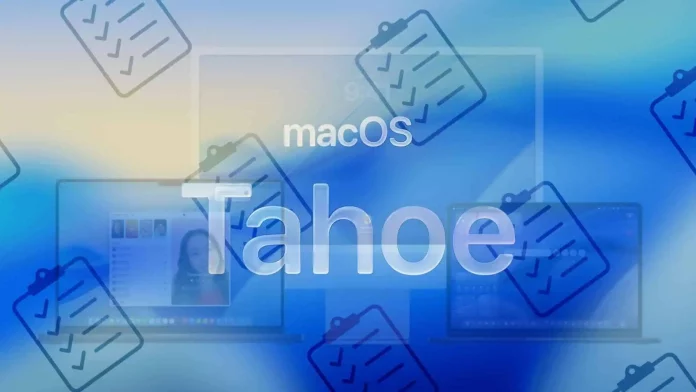When macOS 26 Tahoe launched last month, many users noticed their Macs running unusually hot and sluggish. The culprit wasn’t Apple’s new system itself but several popular Electron-based apps that suddenly began consuming excessive GPU power. The slowdown quickly drew attention from developers and users alike—especially those relying on apps like Discord, Slack, and Figma for daily work.
The Cause: A Private Apple API
Electron, the cross-platform framework powering many desktop apps, had quietly been using a private Apple API called cornerMask (reported by 9to5Mac). Private APIs are meant for Apple’s internal use, and relying on them can be risky. According to Electron’s changelog, this API stopped working correctly after the Tahoe update, causing massive GPU spikes and noticeable performance drops.
Users soon reported overheating MacBooks and constant fan noise—even when their systems were idle. Once the problem was flagged, the Electron development team moved quickly to remove the faulty API. Updated versions of Electron no longer trigger GPU overloads, restoring normal performance across systems.
While Apple hasn’t acknowledged the underlying change that broke the API, the resolution confirmed what many suspected: the slowdown originated from how Electron apps interacted with macOS Tahoe’s updated graphics layer.
Which Apps Have Been Updated
According to the open community tracker ShameElectron, most major apps have already integrated the fixed version of Electron. These include Claude, Discord, Docker Desktop, Figma, GitHub Desktop, Notion, Obsidian, Pocket Casts, Signal, Slack, and Visual Studio Code. With the update, these apps now show normal GPU loads and temperature levels under macOS Tahoe.
However, some tools are still lagging behind. Apps like 1Password, Bitwarden, Cursor, Dropbox, and Windsurf continue using the outdated Electron version, which may lead to reduced performance or faster battery drain. The ShameElectron tracker remains the most reliable resource for checking which apps have received the patch.
What Users Can Do
If your Mac has been running unusually warm or sluggish since upgrading to macOS Tahoe, check whether any Electron-based apps are open. Updating them to their latest versions usually resolves the issue immediately. You can also quit unused apps or temporarily switch to their web versions until updates arrive.
Developers are actively rolling out patches, so performance should continue improving in the days ahead.
The macOS Tahoe slowdown serves as a reminder of how fragile private API dependencies can be. What seems like a small internal change at Apple can ripple across an entire ecosystem of third-party tools. Fortunately, this time developers moved fast—and your Mac should soon feel as smooth and cool as before.




